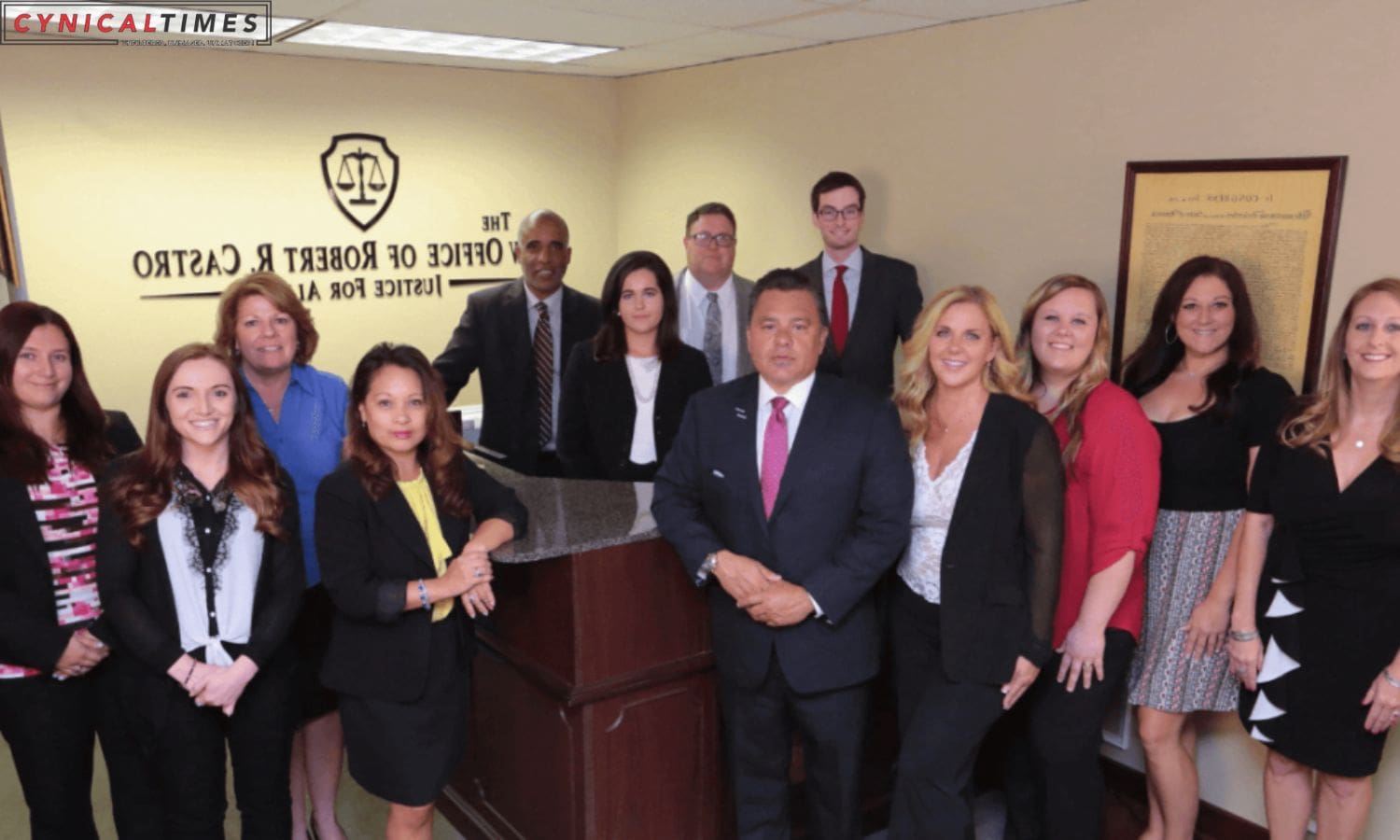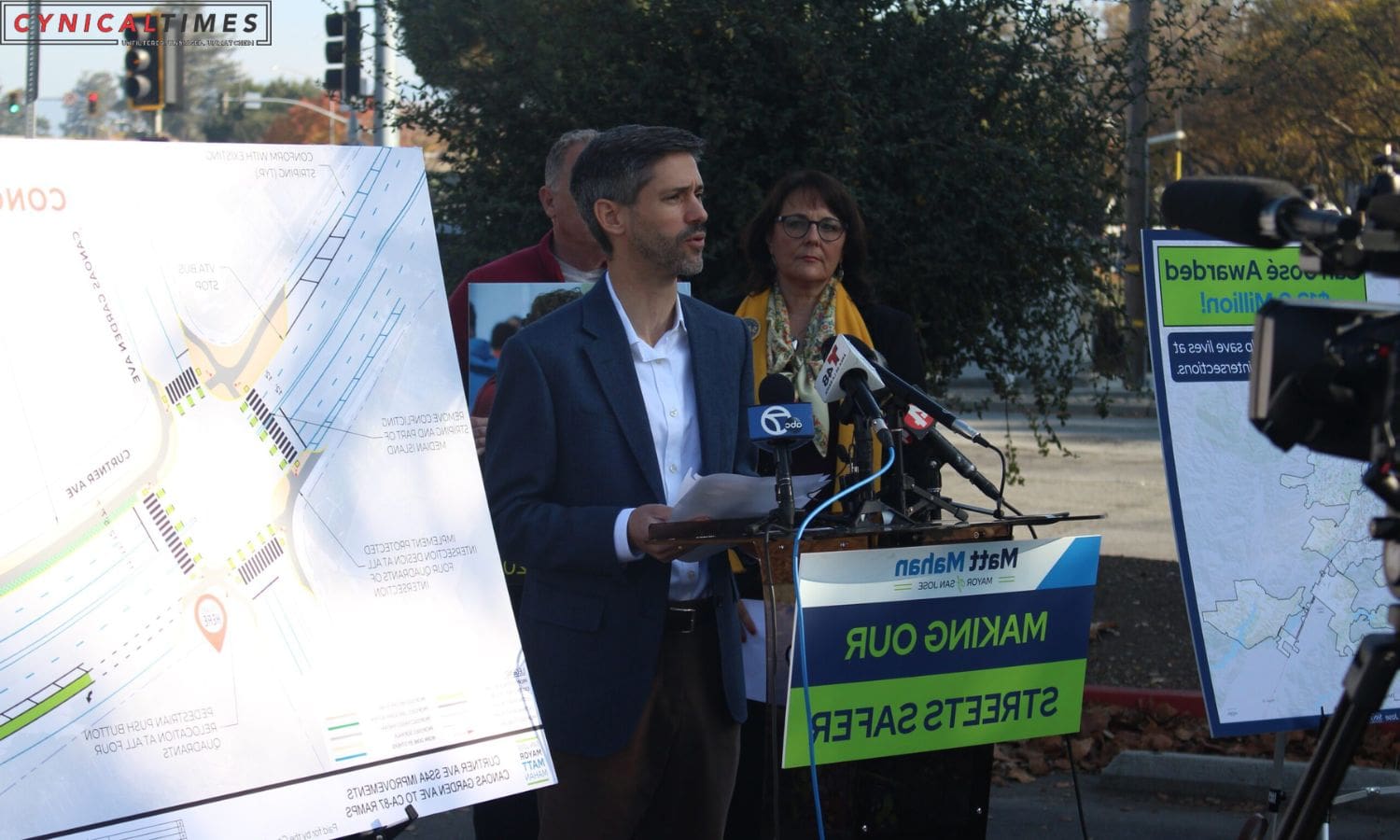San Jose Takes Action to Save Lives: In a significant move to enhance road safety, San Jose has successfully secured a $12.9 million grant from the Safe Streets and Roads for All program. The city plans to utilize this funding to implement crucial safety features along four transit corridors, addressing some of the most perilous roads in the area.
The announcement, made jointly by city officials and safety advocates, highlighted the specific areas set to undergo substantial safety changes. One of the identified corridors is Curtner Avenue, stretching from Canoas Gardens to Highway 87, notorious for its history of accidents.
Gina LaBlanc, a passionate advocate for transit safety with San Francisco Bay Area Families for Safe Streets, expressed her long-standing push for action at the Curtner Avenue intersection. Her personal connection to the cause intensifies, having lost her son Kyle in a tragic accident near Curtner Avenue in 2016.
“It’s very painful when you lose someone to a crash like this, and everything’s cleaned up, and life goes on as normal. Then you hear about another death and another death,” LaBlanc shared, emphasizing the urgency of addressing these safety concerns.
Despite previous fatalities on Curtner Avenue, the city had not officially recognized it as one of the high-risk roads until recently. The proposed safety enhancements include the construction of a raised bike path to separate pedestrians from vehicles and the addition of a new sidewalk.


Also Read: Bay Area Braces for Air Quality Challenge: Spare the Air Alert Activated
The Safe Streets and Roads for All grant will not only focus on Curtner Avenue but also target other critical corridors, including Monterey Road at Curtner Avenue, Tully Road, Capitol Expressway at Senter Road, and East Santa Clara Street at 11th Street. Each location will undergo modifications tailored to its specific needs, ranging from extended pedestrian crosswalk times to the development of raised and separated bikeways.
Councilmember Pam Foley, who chairs the Vision Zero Task Force, acknowledged the city’s commitment to road safety. While noting a decline in traffic-related deaths compared to the previous year, Foley emphasized that every fatality represents a tragedy.
The slated projects are set to enter the design phase in September 2024, with construction scheduled to commence in the fall of 2027, concluding by fall 2029. The city, having allocated approximately $74 million to traffic safety improvements in the past fiscal year, continues to prioritize initiatives to make roads safer.
Despite the progress, advocates like LaBlanc stress the importance of maintaining momentum and securing external funding for ongoing safety projects. As San Jose takes proactive steps to address road safety concerns, the community remains hopeful that these efforts will result in tangible improvements, preventing future tragedies on the city’s roadways.

